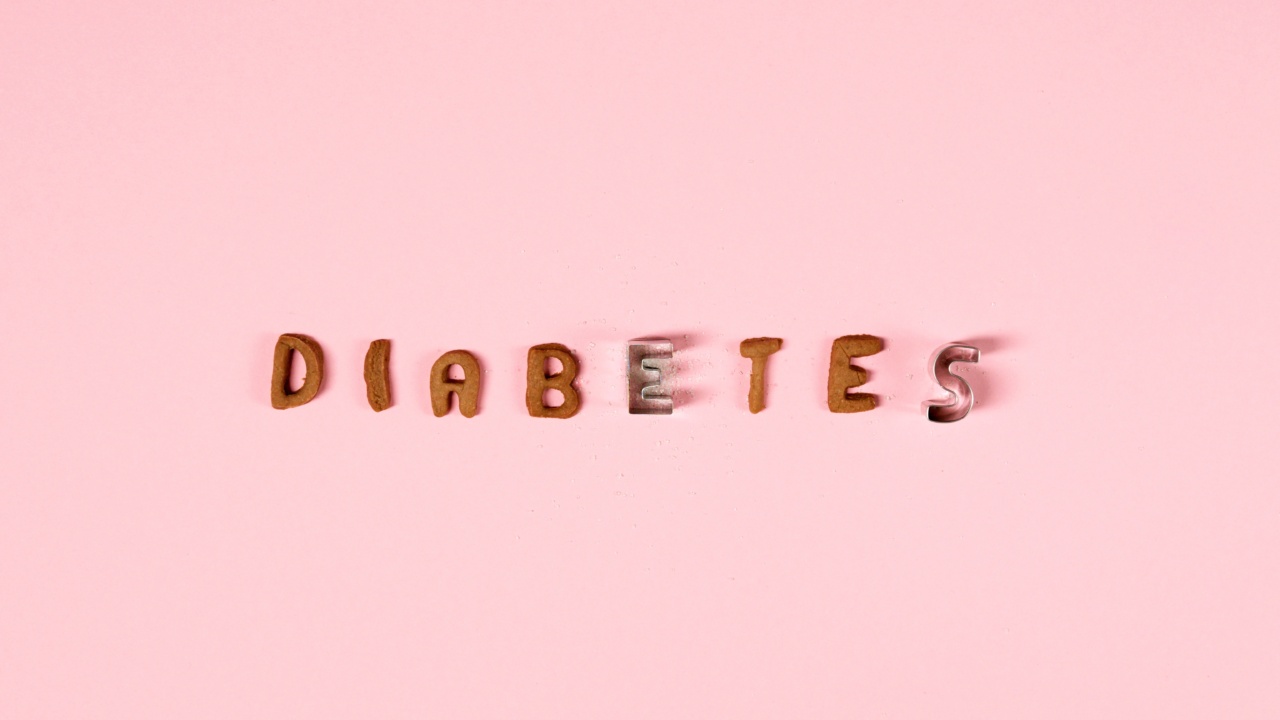Living with type 2 diabetes can be a challenging task, requiring constant monitoring of blood glucose levels, medication management, and lifestyle modifications.
However, with the advancement of technology, the daily life of type 2 diabetes patients is being transformed. Technology has brought in various tools and devices that help patients manage their condition more efficiently and effectively. From glucose monitoring systems to mobile applications, the integration of technology has revolutionized diabetes management.
In this article, we will explore the ways in which technology is transforming the daily life of type 2 diabetes patients.
Continuous Glucose Monitoring Systems
One of the most significant technological advancements in diabetes management is the introduction of continuous glucose monitoring (CGM) systems.
CGM systems offer real-time glucose measurements, eliminating the need for traditional fingerstick blood glucose tests. These small sensors, usually placed on the patient’s body, constantly measure glucose levels and transmit the information to a smartphone or receiver.
Insulin Pumps
Insulin pumps are another technological innovation that has revolutionized diabetes management. These small devices deliver insulin in a controlled and continuous manner throughout the day.
By eliminating the need for multiple daily injections, insulin pumps provide a more convenient and comfortable method of insulin delivery. Additionally, modern insulin pumps come equipped with advanced features such as automated insulin delivery algorithms and integration with CGM systems, further enhancing patient convenience and glycemic control.
Mobile Applications
Smartphone applications specifically designed for diabetes management have become widely popular amongst type 2 diabetes patients.
These applications enable patients to track their blood glucose levels, record meals and physical activities, set medication reminders, and even sync their data with healthcare providers. With the help of these applications, patients can easily monitor and maintain their diabetes management routine on the go.
Artificial Intelligence and Machine Learning
Artificial intelligence (AI) and machine learning are transforming various aspects of healthcare, including diabetes management. These technologies can analyze large amounts of data and provide personalized insights and recommendations for patients.
AI-powered algorithms can predict blood glucose fluctuations based on various factors such as food intake, physical activity, and medication consumption, allowing patients to take appropriate actions to maintain their blood glucose levels within the target range. Moreover, AI-driven analytics can identify patterns and trends in diabetes management, helping healthcare providers optimize treatment plans.
Telemedicine and Remote Patient Monitoring
Telemedicine has become an invaluable tool for type 2 diabetes patients, especially during the COVID-19 pandemic. With telemedicine, patients can have virtual consultations with their healthcare providers, reducing the need for in-person visits.
This convenient and safe approach to healthcare delivery ensures continuous monitoring and timely adjustments to the treatment plan. Remote patient monitoring devices, such as Bluetooth-enabled glucose meters and weight scales, allow healthcare providers to remotely monitor the patient’s vital signs and provide necessary interventions when needed.
Smart Insulin Pens
Traditional insulin pens have undergone a technological makeover, giving rise to smart insulin pens. These devices are equipped with built-in capabilities to track insulin dosages, record injection times, and store data for future analysis.
Smart insulin pens can also connect to smartphone applications, enabling patients to effortlessly synchronize their insulin data and share it with healthcare providers. This integration streamlines diabetes management, provides accurate dosage information, and facilitates better communication between patients and healthcare professionals.
Online Communities and Support Groups
The advent of technology has facilitated the creation of online communities and support groups for type 2 diabetes patients.
These platforms serve as spaces where individuals with diabetes can connect, share experiences, seek advice, and find emotional support. Online communities also provide access to educational resources and expert guidance, empowering patients to take control of their condition and make informed decisions about their diabetes management.
Smart Wearable Devices
Smart wearable devices, such as fitness trackers and smartwatches, have gained popularity among type 2 diabetes patients. These devices can track physical activity, monitor heart rate, and provide reminders for medication intake and glucose monitoring.
By promoting an active and healthy lifestyle, smart wearables play a crucial role in the overall management of diabetes. Additionally, some smartwatches have the ability to integrate with CGM systems, displaying real-time glucose readings directly on the wrist.
Medication Adherence Tools
Technology has also addressed the issue of medication adherence, which is crucial for effective diabetes management.
Various tools, such as medication reminder applications, electronic pill dispensers, and smart pill bottles, have been developed to support patients in their medication routines. These tools send reminders and notifications to patients, ensuring they take their medications on time. By reducing medication non-adherence, these technologies contribute to improved glycemic control and overall health outcomes.
Internet of Things (IoT) in Diabetes Management
The Internet of Things (IoT) has the potential to transform diabetes management by interconnecting devices and generating data-driven insights.
IoT-based devices, such as smart glucose meters and connected scales, can automatically transmit data to healthcare providers and trigger alerts in case of emergencies. This seamless data transfer allows for real-time monitoring of diabetes management and facilitates proactive interventions to prevent complications.
Conclusion
Technology is reshaping the daily life of type 2 diabetes patients in numerous ways.
Continuous glucose monitoring systems, insulin pumps, mobile applications, artificial intelligence, telemedicine, smart insulin pens, online communities, smart wearable devices, medication adherence tools, and the Internet of Things are revolutionizing diabetes management. These technological advancements provide patients with more accurate data, personalized insights, convenient monitoring, and enhanced communication with healthcare providers.
As technology continues to advance, we can expect further transformations in diabetes management, empowering patients to live healthier and more fulfilling lives.































